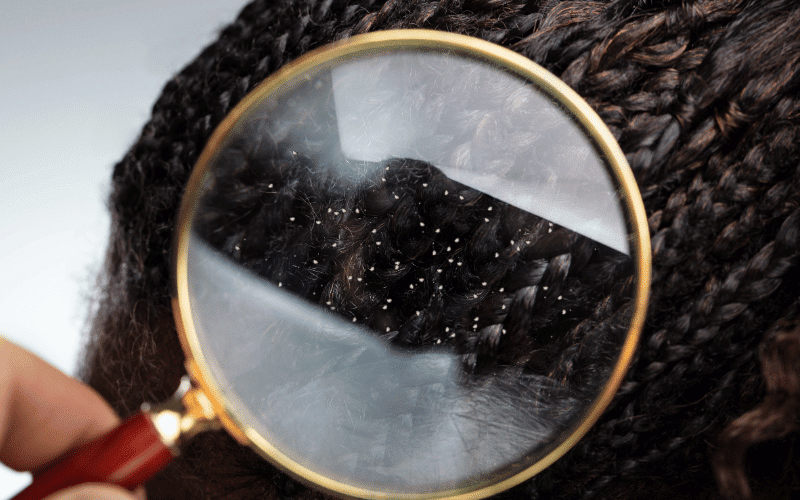2. Yeast Overgrowth: Malassezia and the Battle for Skin Health

Malassezia, a type of yeast naturally found on the skin, has been closely linked to seborrheic dermatitis. In some individuals, an overgrowth of Malassezia can trigger an immune response, resulting in skin inflammation and flaking. This yeast thrives in oily environments, so people with increased sebum production are more susceptible to developing seborrheic dermatitis.
The relationship between Malassezia and seborrheic dermatitis is complex. While the presence of this yeast is normal, certain factors can lead to its overgrowth, causing skin issues. These factors may include a weakened immune system, hormonal imbalances, and even stress.
When Malassezia overgrows, it can break down sebum into fatty acids that can irritate the skin, leading to inflammation and the characteristic flaking seen in seborrheic dermatitis.
To manage Malassezia overgrowth, individuals can take various steps, including using over-the-counter antifungal shampoos and creams containing ingredients such as ketoconazole, selenium sulfide, or zinc pyrithione. Additionally, maintaining a consistent skincare routine, keeping the skin clean and dry, and avoiding known triggers can help prevent the overgrowth of this yeast, reducing the risk of seborrheic dermatitis. (2)